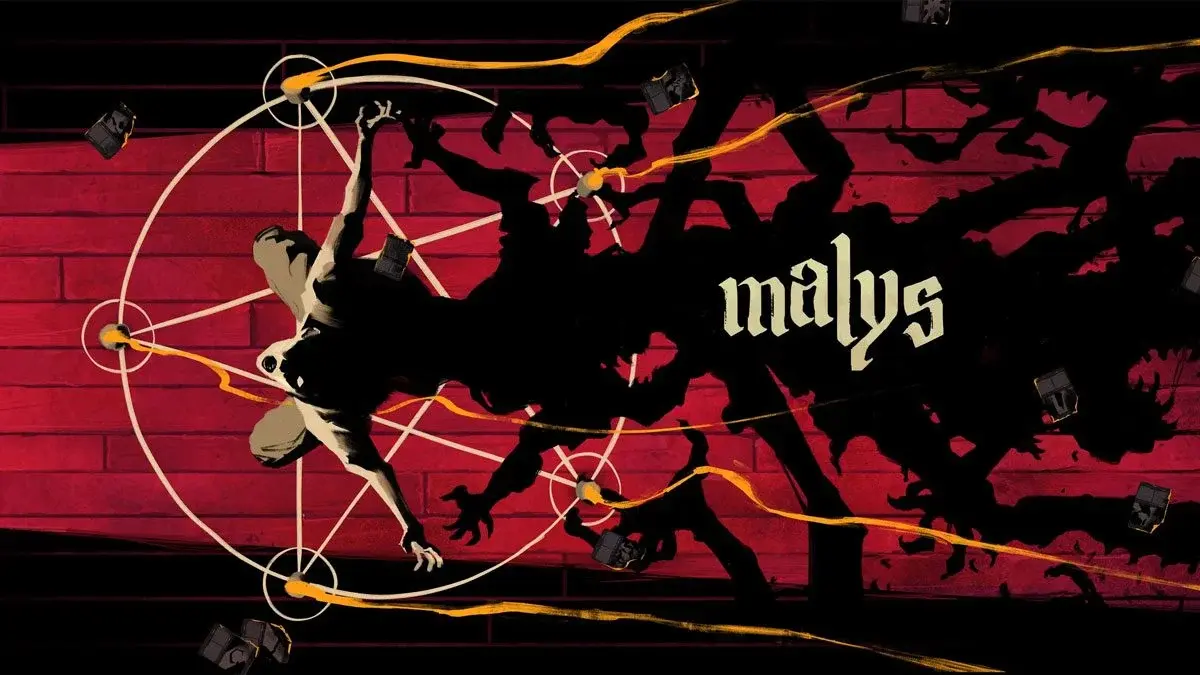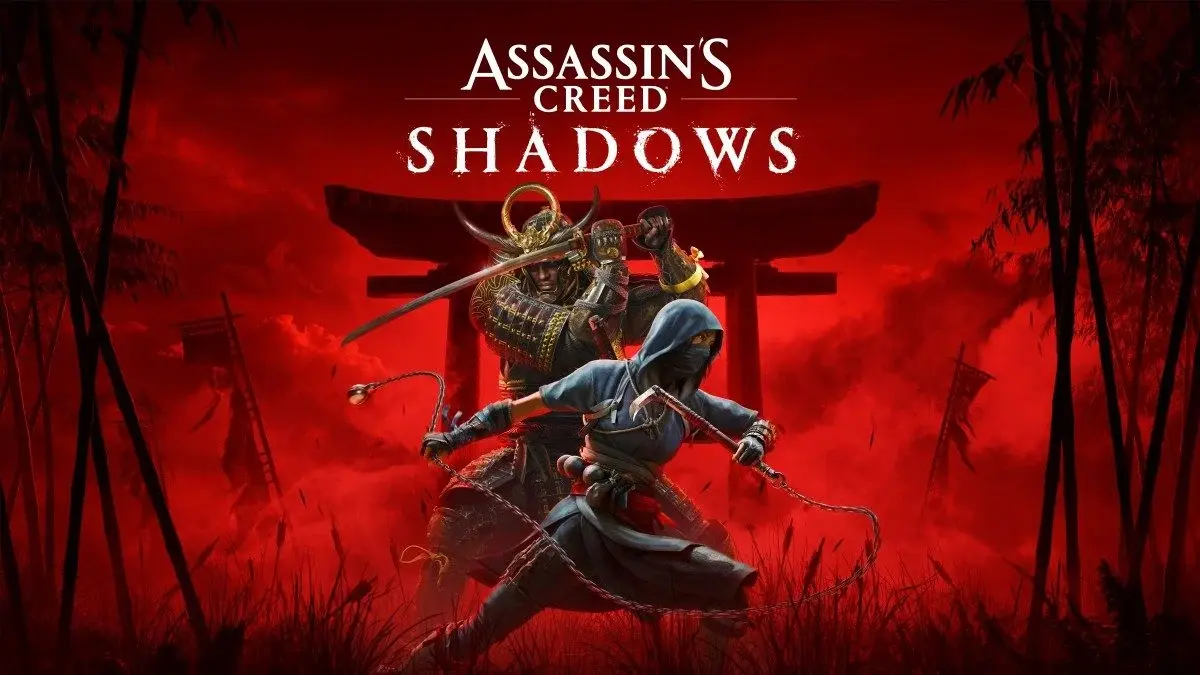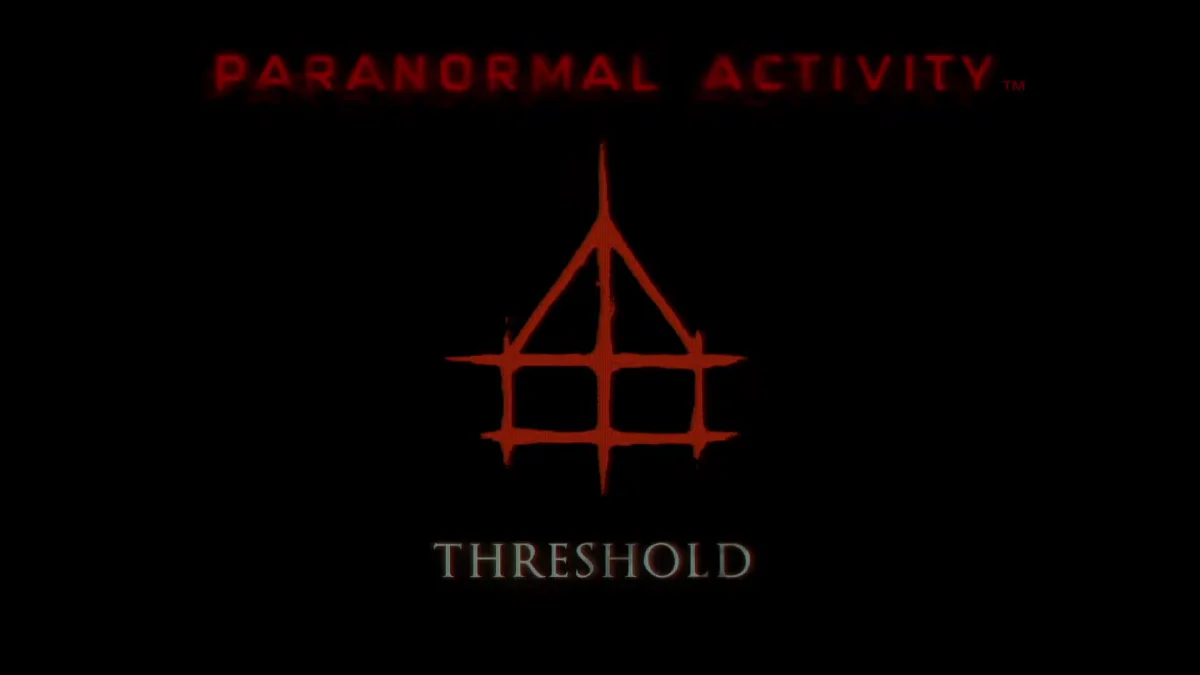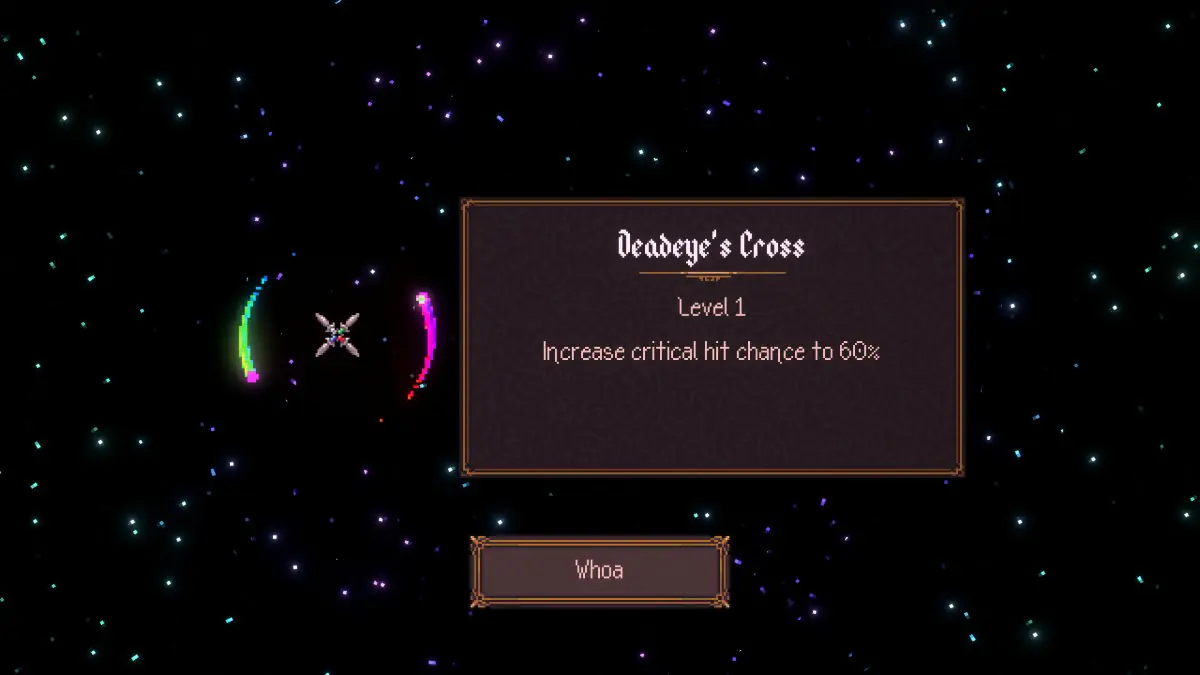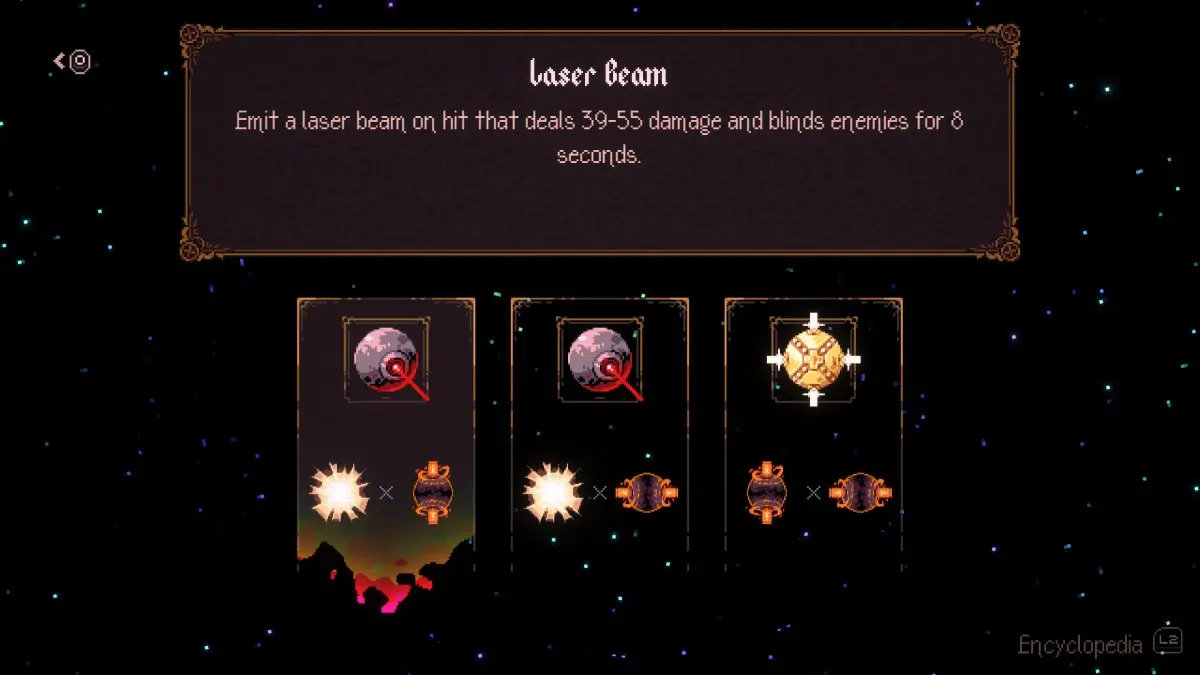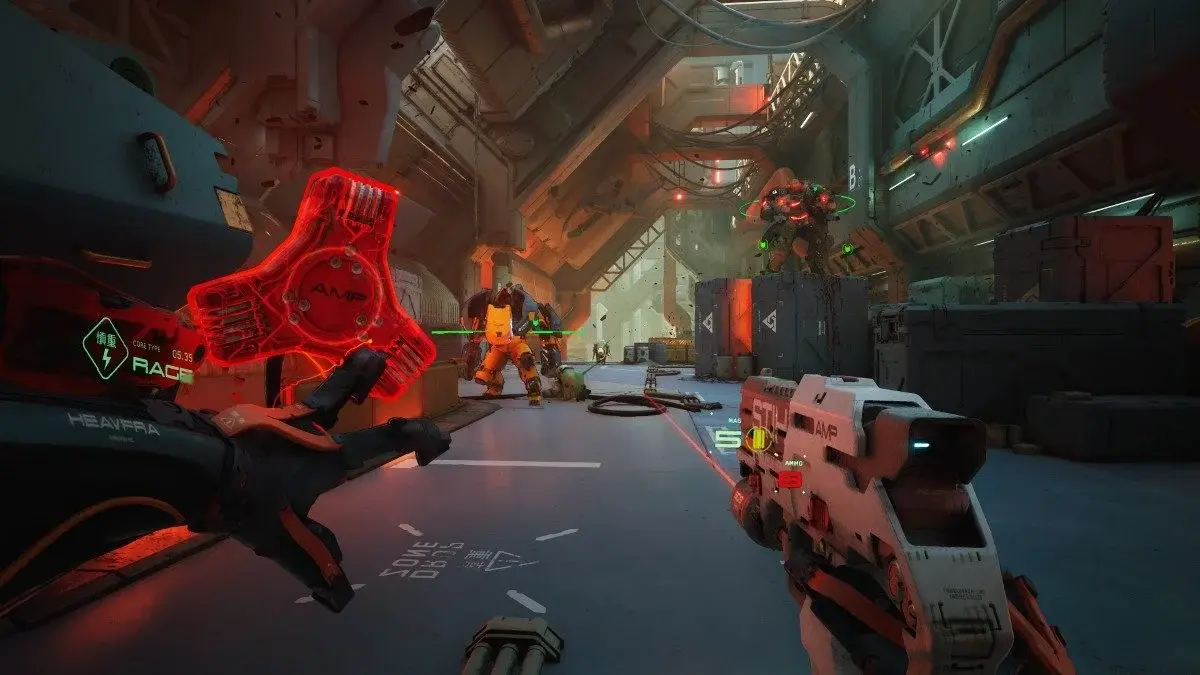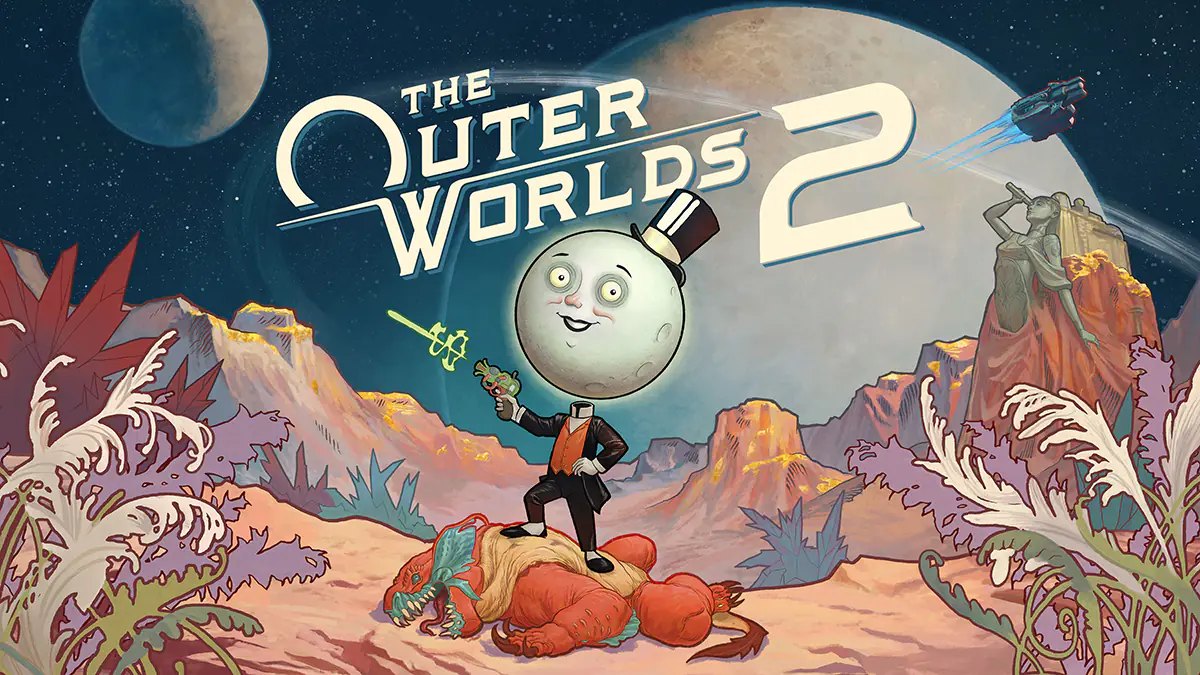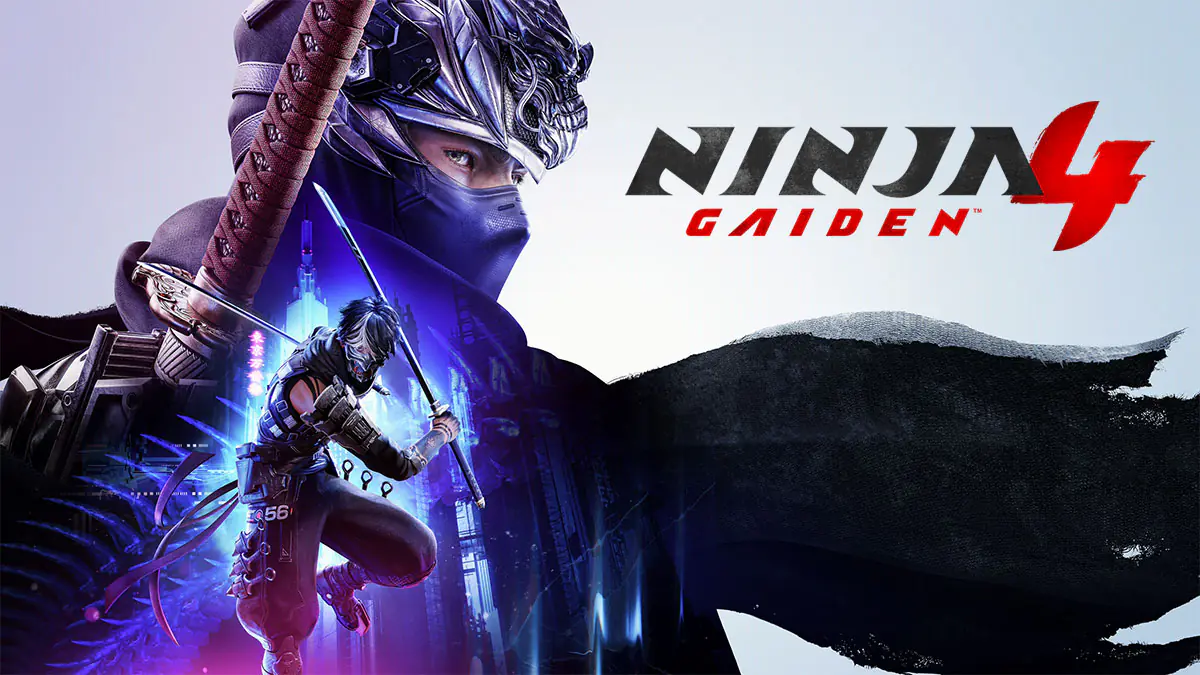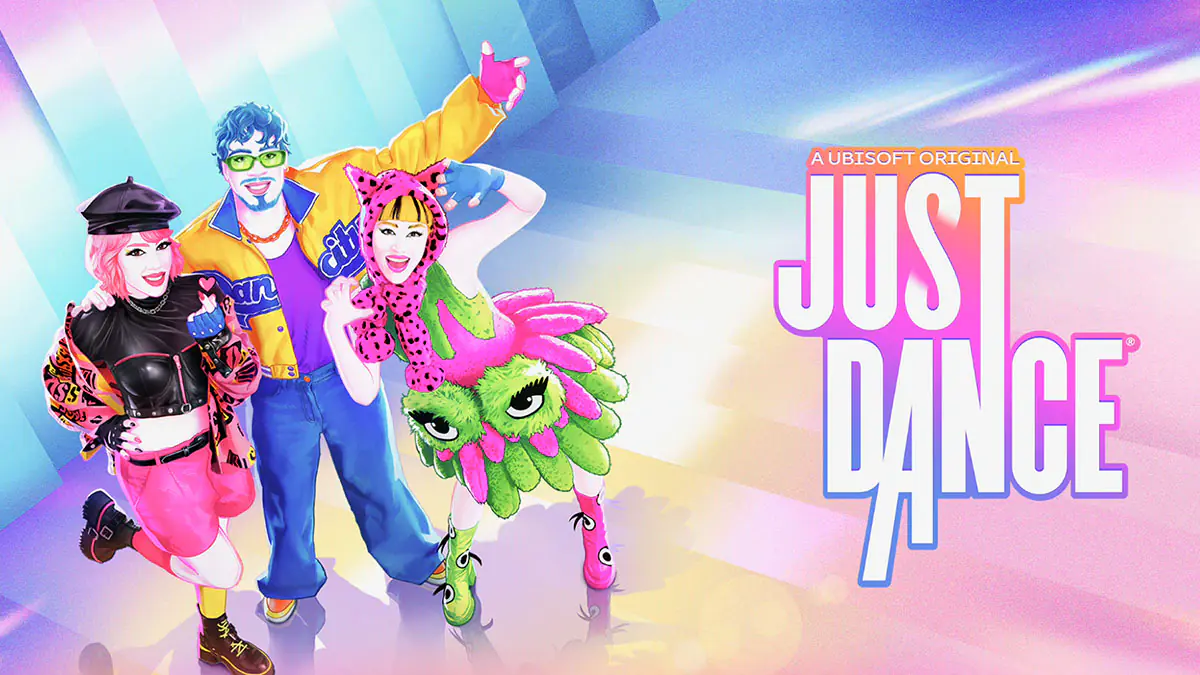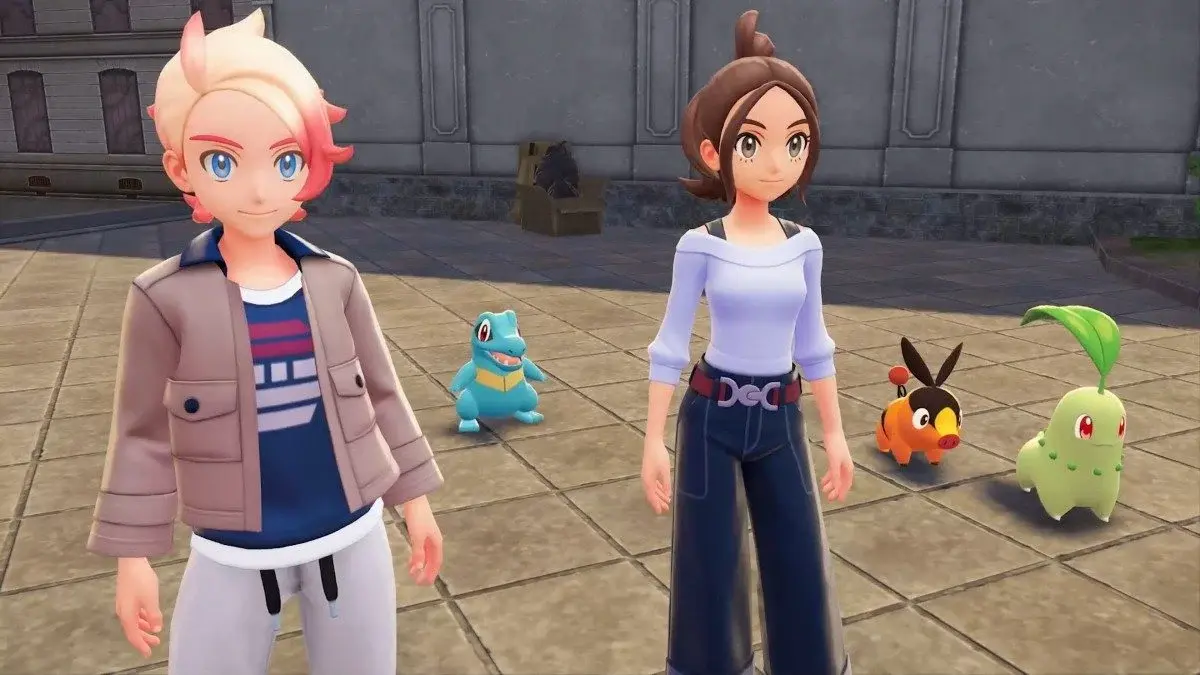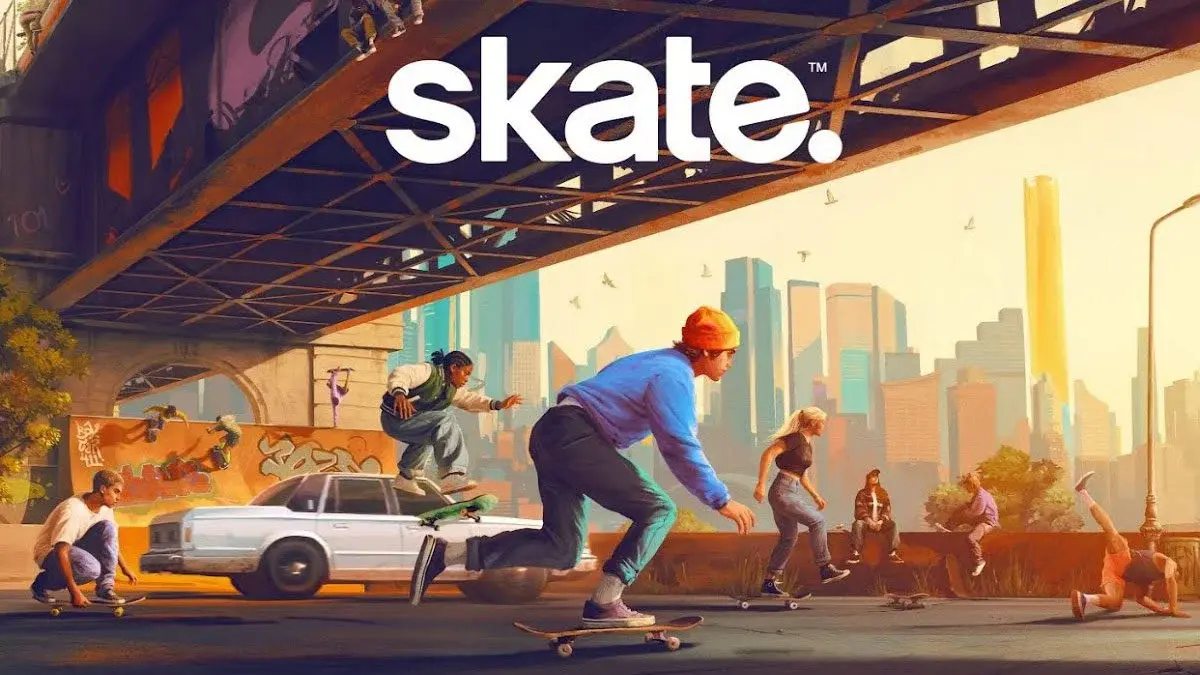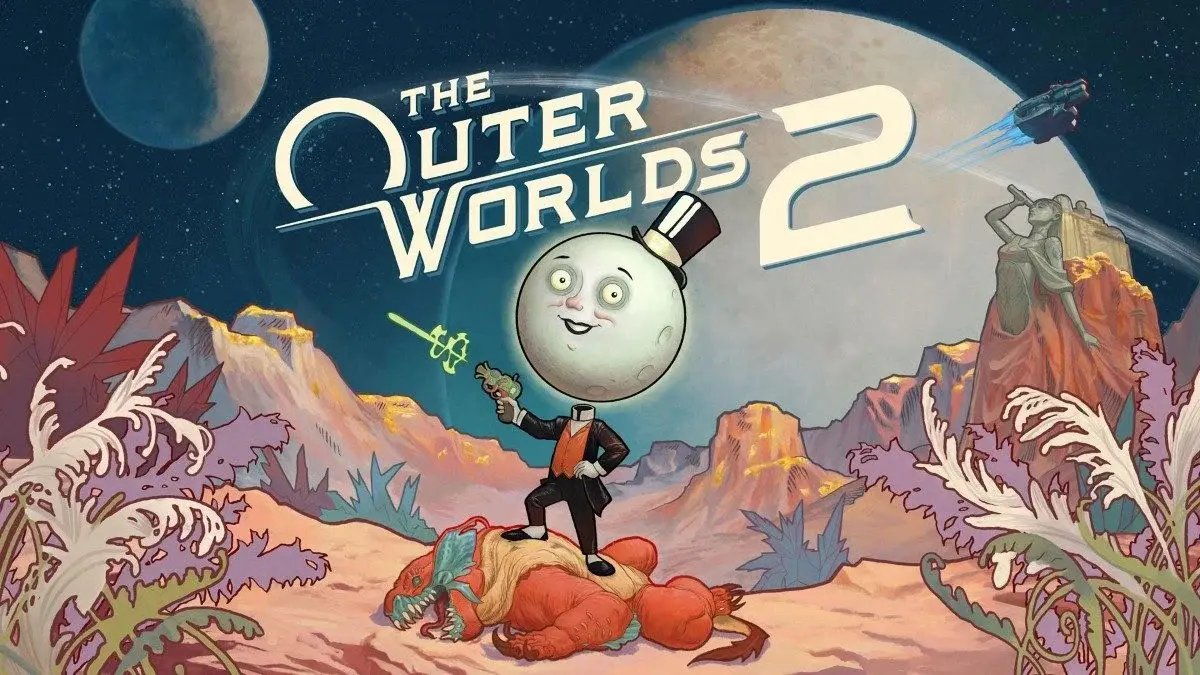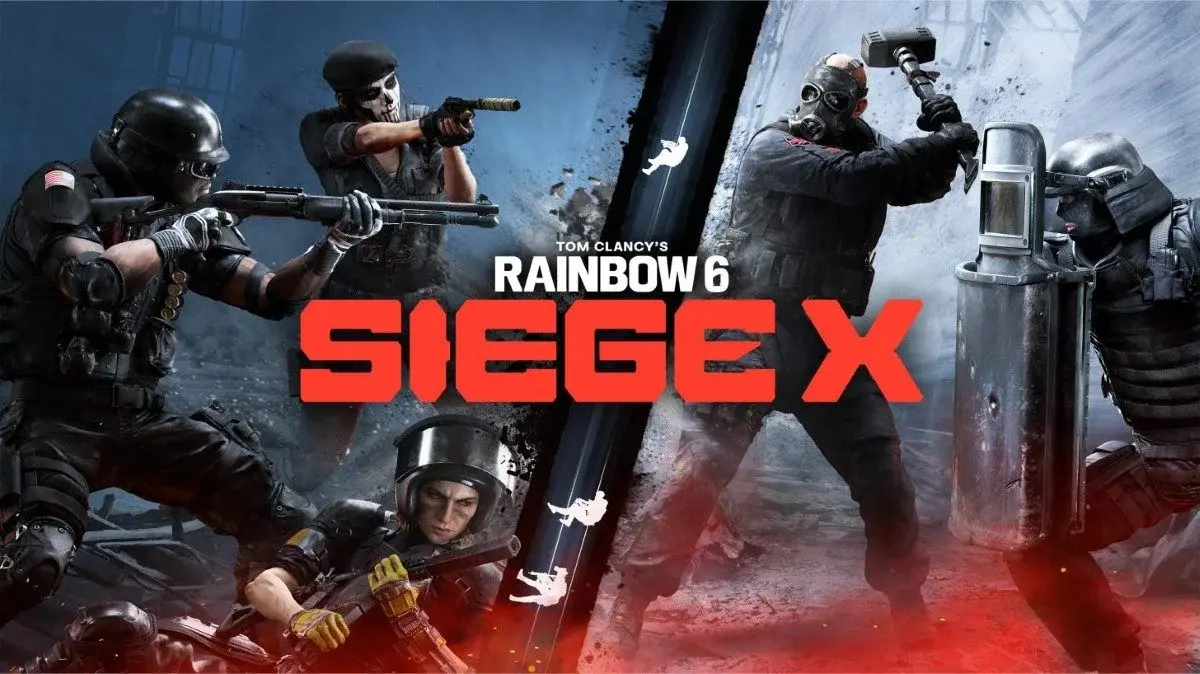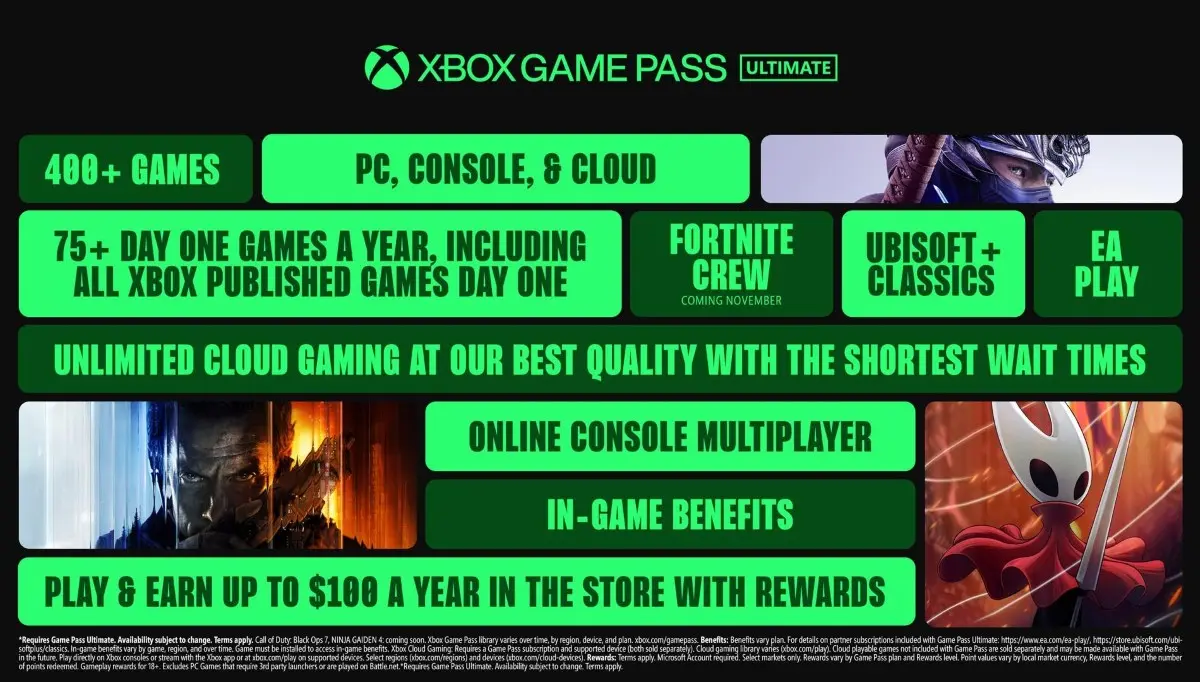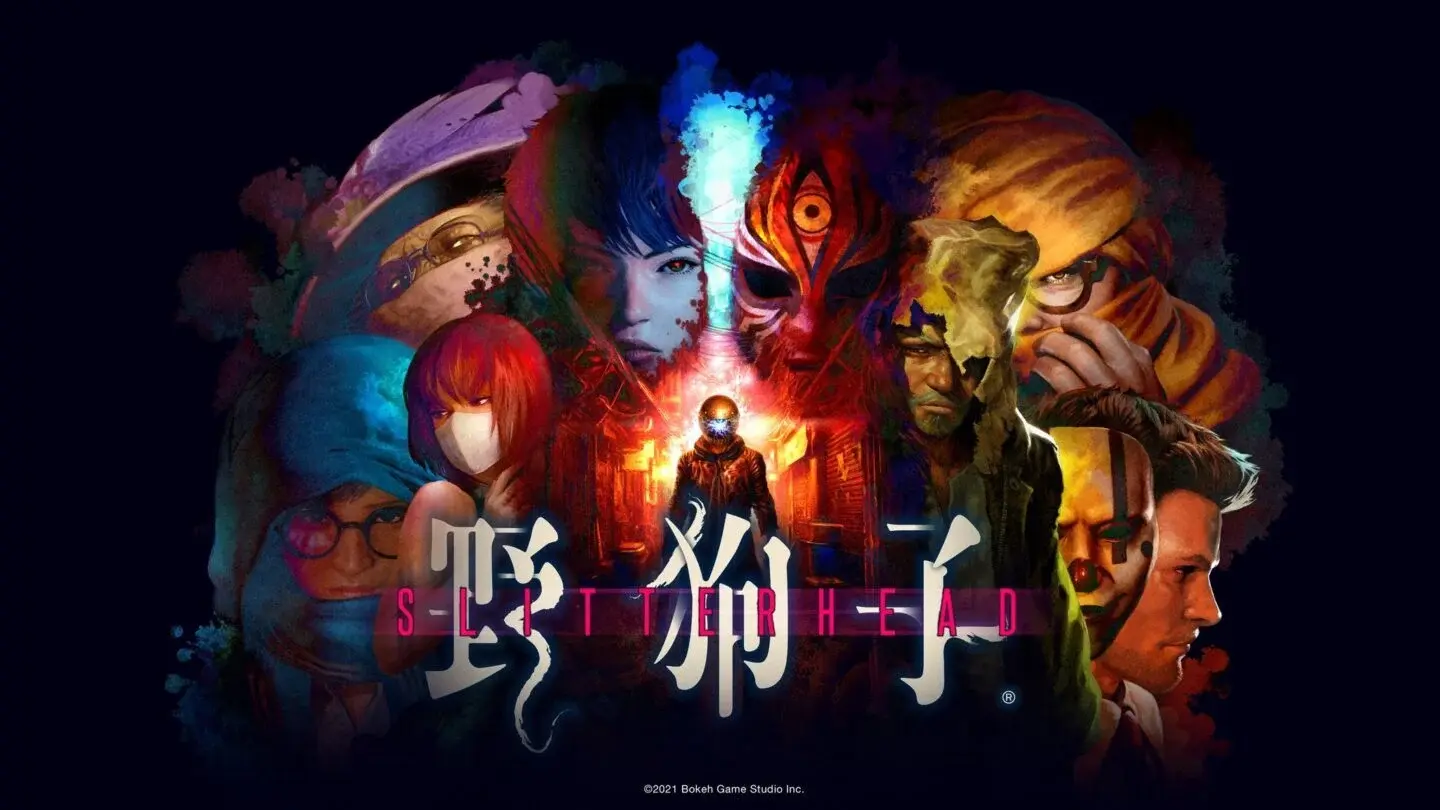The debut game from Silent Hill and Gravity Rush creator Keiichiro Toyama’s new venture Bokeh Game Studio, Slitterhead, is finally here. I’d been looking forward to it ever since it was announced almost three full years ago, and so it truly brings me no pleasure to tell you that pushing through Slitterhead to its conclusion this past week has been the single most aggravating and miserable review experience I’ve yet had (and I reviewed Gollum).
Set in the 90s, you play a disembodied spirit floating adrift through a thinly veiled version of the infamous Hong Kong slum-city of Kowloon. You have little memory of what you are or why you’re there, and by the time the credits roll you’ll have barely any further understanding of these things. As a spirit you can possess and take control of people (not anyone though, just those who glow gold), and are quickly told that you’re here to eradicate the monstrous Slitterheads who secretly lurk among the populace.
It’s a strong premise, and while I applaud Slitterhead for how fresh and weird its ideas are, they never coalesce into anything more than a wilfully obtuse third-person beat ‘em up. Its storytelling is largely incoherent babble, and while the game has its bright spots, I loathed most of the 20ish hours it took for me to complete it.
Rarity replay
I genuinely love Slitterhead’s structure, at least conceptually. The adventure is spread across a dozen levels over the course of three looping days. While each is only a few city blocks in size (except for the couple of interior levels anyway), they’re densely packed with laneways and rooftops and feature a lot of verticality. As the story progresses you’ll be revisiting them to change the future and generally unlock or explore minor new areas within them.
Along the way you’ll amass a collection of Rarities; special humans who bond more symbiotically with your spirit. Specific Rarities are required to progress at certain points, and your crew of them quickly becomes the main lens through which the narrative unfolds.
Each Rarity brings a unique trio of special powers to the table and their stats and abilities can be upgraded and expanded at the hub menu where you spend your time in between levels. They feature a good mix of fun powers and solid characterisation, and the diversity of their backgrounds and societal perspectives is generally well-realised. Though a handful of levels lock you into taking a specific one, most allow you to freely mix and match any two to take into the field.
Here’s where things start to come majorly unglued though.
Rarities tend to either be well-hidden or require deeply specific sequences of events to be performed to unlock. In one instance a required Rarity is found by you having to take a particular Rarity to a certain door in a level because it turns out that they can pick the lock. This character’s lockpicking ability has never been brought up prior though and it will never become relevant again. A couple of levels later the Rarity that you’re required to discover won’t even spawn inside of their highly concealed room unless you happened to have eavesdropped on a certain conversation slightly off the critical path earlier in the level.
While I don’t think that the whole roster is necessarily required to finish the game, during both of these points your progress will be entirely blocked if you can’t figure out how to rescue the Rarity that unlocks the next level. This led to me wasting hours of time aggravatedly repeating the same 20-ish minute levels with different character combinations over and over again until I was driven extraordinarily close to simply putting the game down entirely and uninstalling it.
Vague clues on how to progress can occasionally be found in dialogue with your Rarities in the hub menu, but they are very much vague and occasional. There is one Rarity who simply shows up in your hub menu out of the blue about a third of the way through the game. He’s linked to a military organisation that begins appearing a couple of levels earlier, and one of his blood powers allows you to possess its members.
Possessed soldiers function no differently to the random members of the public that you can also leap your spirit into though, and it’s so situational that it’s largely useless. Everything about him screams massively of cut and undercooked content. His minigun power makes much of the combat through the rest of the game so trivial that I spent a lot of time with him regardless just to make the fights against the half-dozen enemy varieties, (including bosses), that repeat throughout Slitterhead less of a tiresome grind.
Bad blood
The structural rhythms of Slitterhead’s levels quickly grow tedious. Drop in, walk around a little bit, watch a cutscene, fight a few Slitterheads, walk around a bit more, watch a cutscene, then chase a Slitterhead down until you fight them as a boss. That’s the exact loop through most of them. The game runs flawlessly on Steam Deck, and given the brief length and deeply repetitive nature of its levels, I really think that it’s an experience that would be better had over the course of a few weeks during commutes instead of being binged across a few days.
As tiresome as enemy encounters quickly become, Slitterhead’s combat dynamics are decently compelling. Constantly hopping between different bodies to divert enemy attention is the enforced strategy, all while managing the blood resource that acts as both your health and the fuel for your special powers. The jazzy-dreamlike presentational style in which the whole game is packaged is wonderfully slick, and what little voice acting Slitterhead features is hammy in a fashion that I’ve not seen from a high-profile game in 20 years which I honestly love too.
While I’m always thrilled to see more sensibly scoped and budgeted games come along at a lower price point, it’s eminently clear throughout that Slitterhead suffered a messy development. While I’m hugely sympathetic to the situation Toyama’s team found themselves in building the studio and starting production just a few months into the unfolding chaos of 2020, Slitterhead’s realisation just misses the mark in almost every area. It’s an incomprehensible slog to play through and I regret spending so much of my week with it.
Slitterhead is available from 8 November on Windows PC, Xbox Series S, Xbox Series X, PS4, and PS5.
Slitterhead was reviewed using a promotional code on Windows PC via Steam, as provided by the publisher. Click here to learn more about Stevivor’s scoring scale.
 |
Slitterhead8 November 2024PC PS4 PS5 Xbox Series S & X
|
This article may contain affiliate links, meaning we could earn a small commission if you click-through and make a purchase. Stevivor is an independent outlet and our journalism is in no way influenced by any advertiser or commercial initiative.

